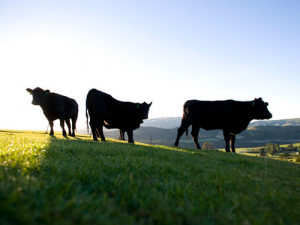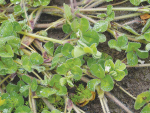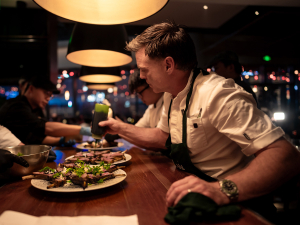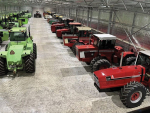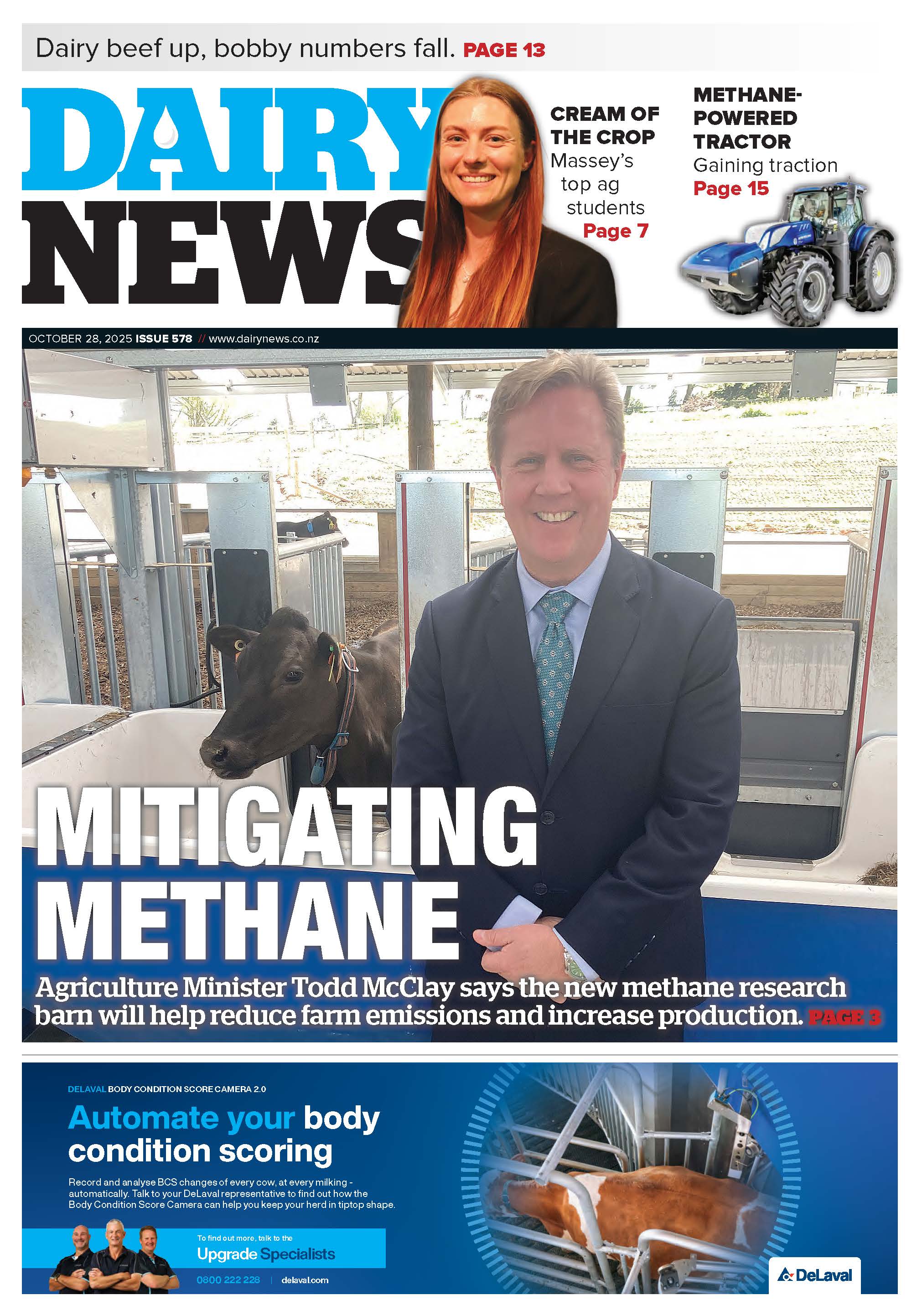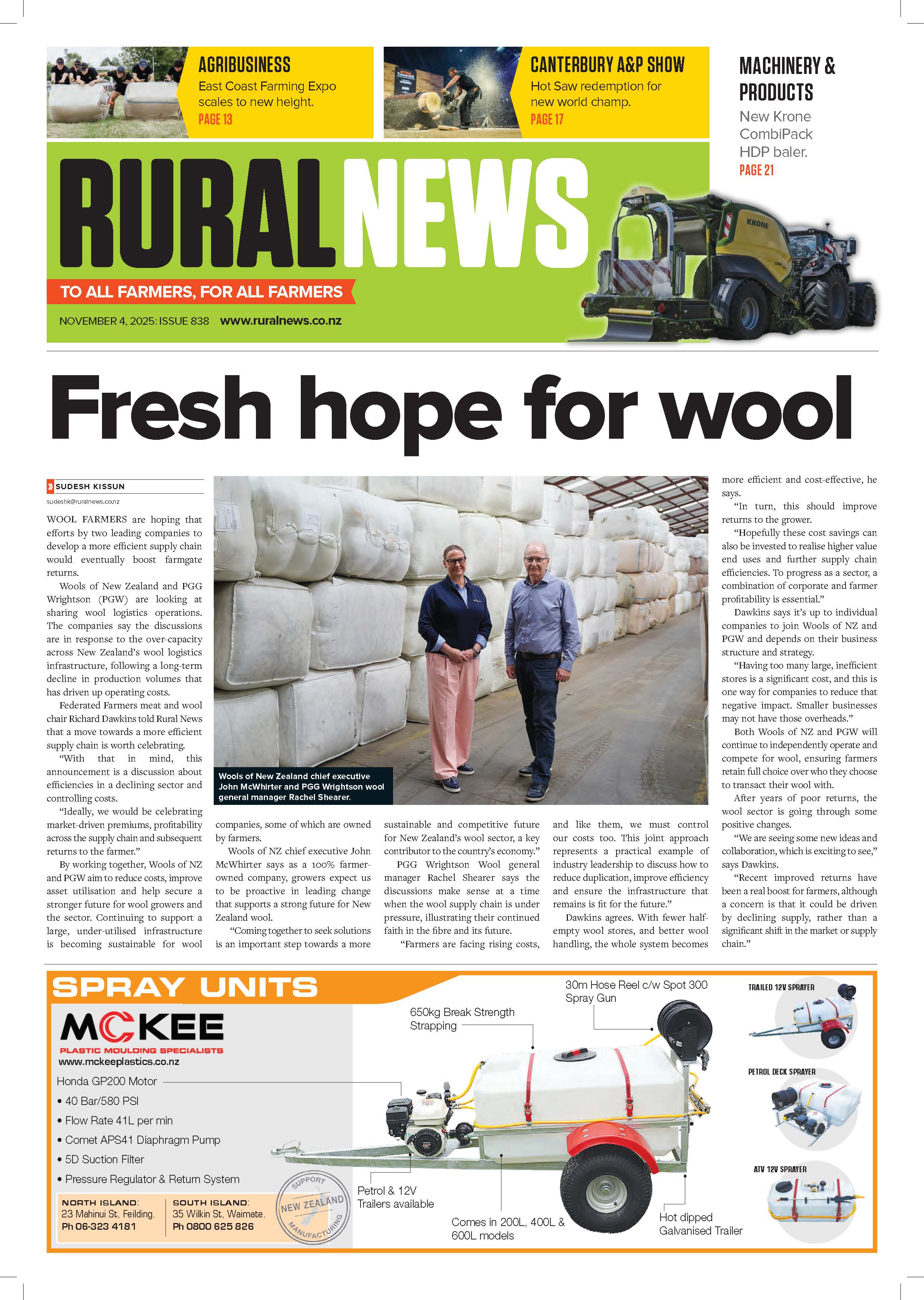Some positive news for the red meat sector; NZ’s beef cattle herd is growing and the decline in the sheep flock has slowed, according to Beef + Lamb New Zealand (B+LNZ)
It says beef cattle numbers are up 1.9% over the past year while the decline in the sheep flock was slowed by a lift in hoggets as farmers responded positively to strong prices and good grass growth leading into winter.
The annual stock number survey conducted by B+LNZ’s Economic Service, shows 3.7 million beef cattle with beef production continuing to grow.
The largest contributor to the increase in the number of beef cattle was a lift in weaner cattle in Marlborough-Canterbury, which was driven by younger cattle being retained by beef breeders.
The research shows the impact of Mycoplasma bovis on sheep and beef farms has been mixed.
B+LNZ Economic Service chief economist Andrew Burtt says the analysis reveals a younger ewe flock as farmers retain more hoggets for future production. The number of breeding ewes fell in all regions of New Zealand – and by 2.1% overall.
“The number of breeding ewes decreased 3.5% to 8.3 million in the North Island, while South Island numbers dropped 0.8% to 9 million. The decrease largely reflects farmers taking advantage of strong prices for mutton. There was also a preference – particularly in the older farmer demographic – towards less labour intensive livestock options to sheep,” he says.
Consequently, the national hogget flock is up on last year.
Hogget numbers increased 2.5% to 9.1 million, largely from Marlborough-Canterbury where ewe hoggets were retained to replenish declining ewe flocks, and trade lamb purchases from Southland due to dry summer conditions.
Burtt says ewes were in good condition at mating, and going into winter due to feed availability.
“However early pregnancy scanning of ewes fell short of farmer expectations, which was high due to pasture levels during mating.”
The lamb crop is expected to be down 3.8% to 22.8 million. This follows a record lambing percentage the previous season and a smaller breeding ewe flock but moderated by a lift in lambs from hoggets mated.





